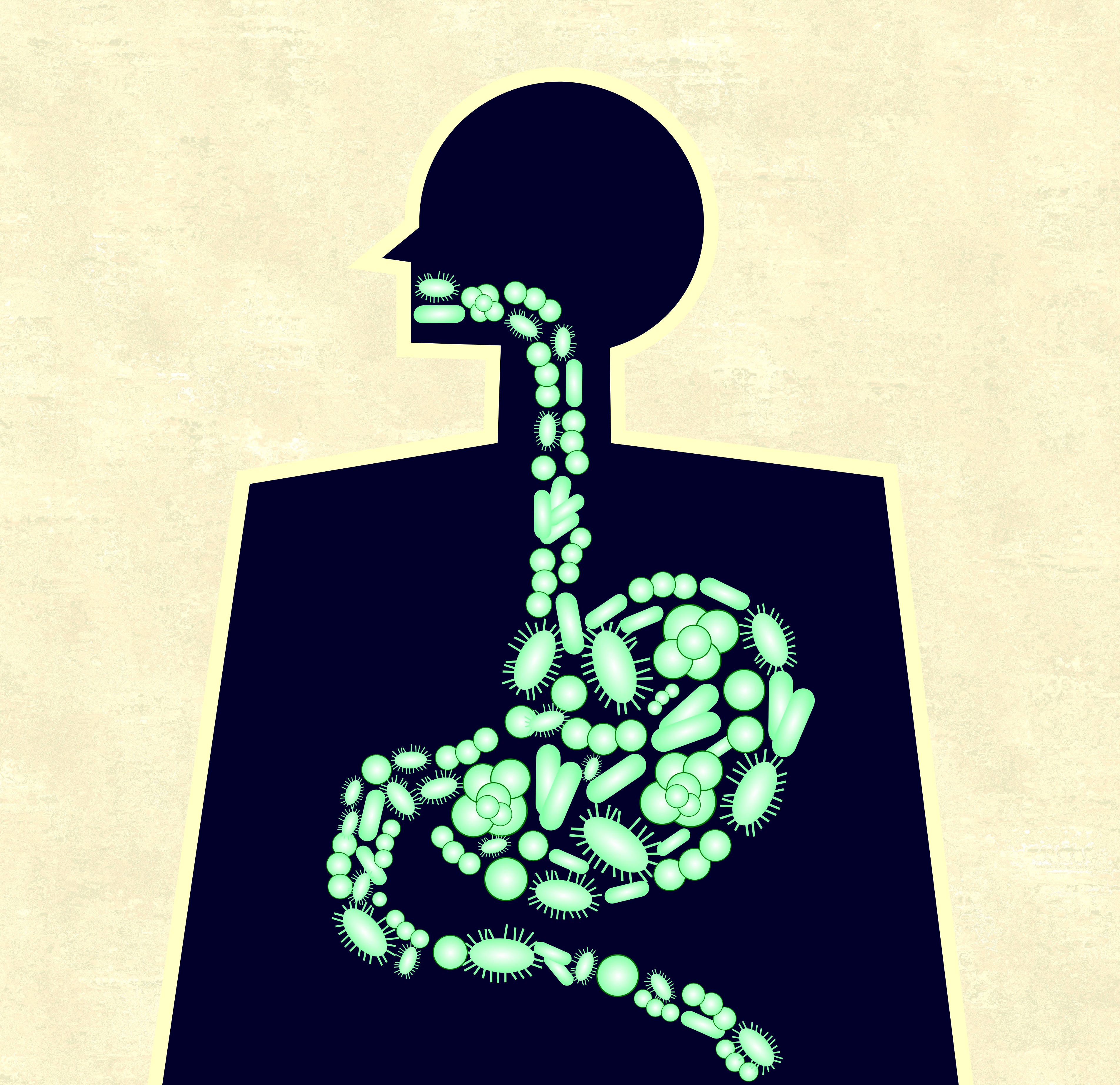New Gut Model to Advance Research of Gut-Brain Interactions

An article from Nature Communications detailed validation for a new gut model called HuMiX, allowing the study of interactions between nutrients, human intestinal cells and bacteria. The close mimicking of intestinal conditions will allow further exploration of the impact of gut microbiome on the onset of Parkinson’s disease and other neurodegenerative conditions.
The study, “A microfluidics-based in vitro model of the gastrointestinal human–microbe interface,” was a collaborative effort of Luxembourg Centre for Systems Biomedicine (LCSB) of the University of Luxembourg, Luxembourg Institute of Health and the University of Arizona. The two entities jointly developed the now patented model.
“With HuMiX, we can observe interaction of bacteria in real-time as they communicate with human intestinal cells,” said the study’s senior author Paul Wilmes in a press release. Wilmes co-invented HuMiX.
The results prove that HuMiX, short for human-microbial crosstalk, is representative of the conditions present in the gut which allows the study of the complex intestinal interactions between human cells and the microbiome – the bacteria that populate the intestines and may affect disease.
The model is composed of three chambers; one each for nutrients, intestinal cells, and bacteria. The chambers are not isolated from each other, which allows communication. In the validation study, researchers cultured human intestinal cells together with one bacterial strain at a time.
“Using cutting-edge analytical methods established at the LCSB, we then studied how the gene activity and metabolism of intestinal epithelial cells change depending on the bacterial strain used in HuMiX,” said Wilmes, who heads the LCSB Ecosystems Biology Group.
Wilmes said a comparison of the data to results from other research groups who obtained data from humans or animals, showed strong agreement that pinpoints the accuracy of the device for mimicking conditions in a living organism.
The new gut model also gives researchers access to processes previously impossible to study with other methods – such as potential gut-brain interactions.
Dr. Pranjul Shah, first author of the study and co-inventor of the HuMiX device said: “In a co-culture of intestinal cells and a certain strain of the bacterial species Lactobacillus rhamnosus, we determined that production of a messenger of the nervous system, specifically the neurotransmitter gamma-aminobutyric acid or GABA, is stimulated in intestinal cells, indicating a mechanism by which the intestine may be communicating with the brain.”
Wilmes said the potential for additional study is “at an unprecedented level of precision” thanks to HuMiX.
“There are clues, for example, that inflammatory processes can play a role in the onset of neurodegenerative diseases such as Parkinson’s. In HuMiX, we can introduce distinct bacterial species or whole communities into the artificial gut model whether these organisms trigger or slow down inflammation, or even introduce immune cells and neurons together with the bacteria,” Wilmes said.






